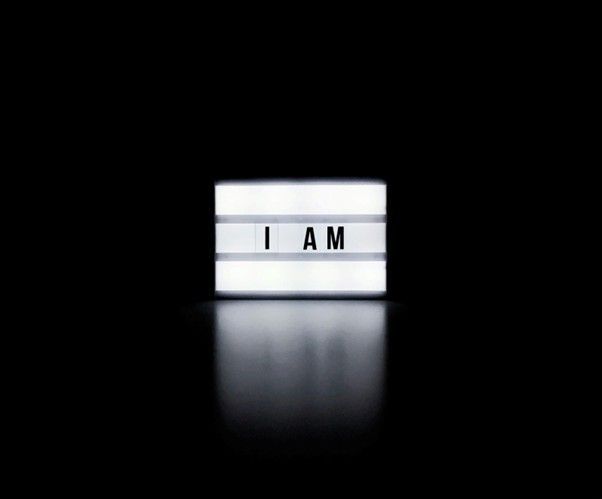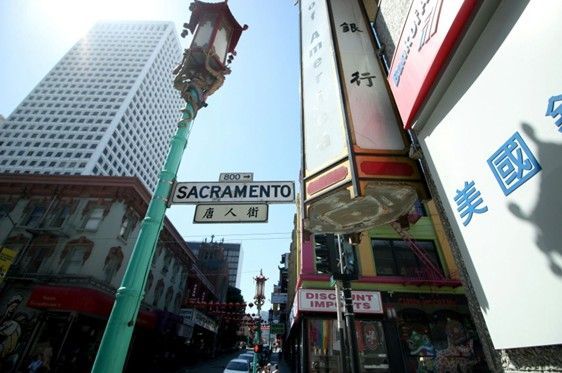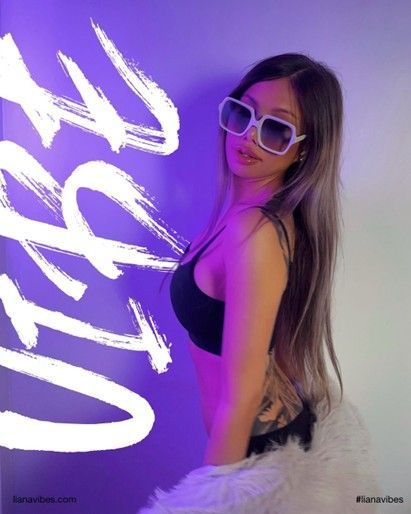Feel the Hue: How Color Theory Branding Builds Brand Mood & Meaning
In branding, color is more than a visual choice—it’s a language. It communicates emotions, sets the tone, and even influences behavior. Brands that master color theory for branding aren’t just aesthetically pleasing—they’re emotionally magnetic. They speak directly to the heart of their audience, telling stories through every hue and gradient.
At Liana Vibes Film, color isn’t just a design element—it’s a tool for emotional storytelling and engineered brand meaning. This blog delves into how intentional color use can elevate your brand, inspire connection, and leave a lasting imprint.

The Science & Psychology of Color Theory for Branding
Color theory for branding combines design principles and psychological insights to create emotional resonance. Studies in color psychology suggest that up to 90% of first impressions are based on color alone (Sage Journals).
Colors carry meaning:
- Blue signals trust and calm,
- Red ignites passion and urgency,
- Green represents harmony and growth,
- Yellow captures joy and optimism,
- Black evokes luxury, power, and sophistication.
By understanding these subconscious responses, brands can align their values with visuals, telling stories before a single word is read. As Marty Neumeier said, “Your brand isn’t what you say it is. It’s what they say it is.” Color helps shape that conversation.
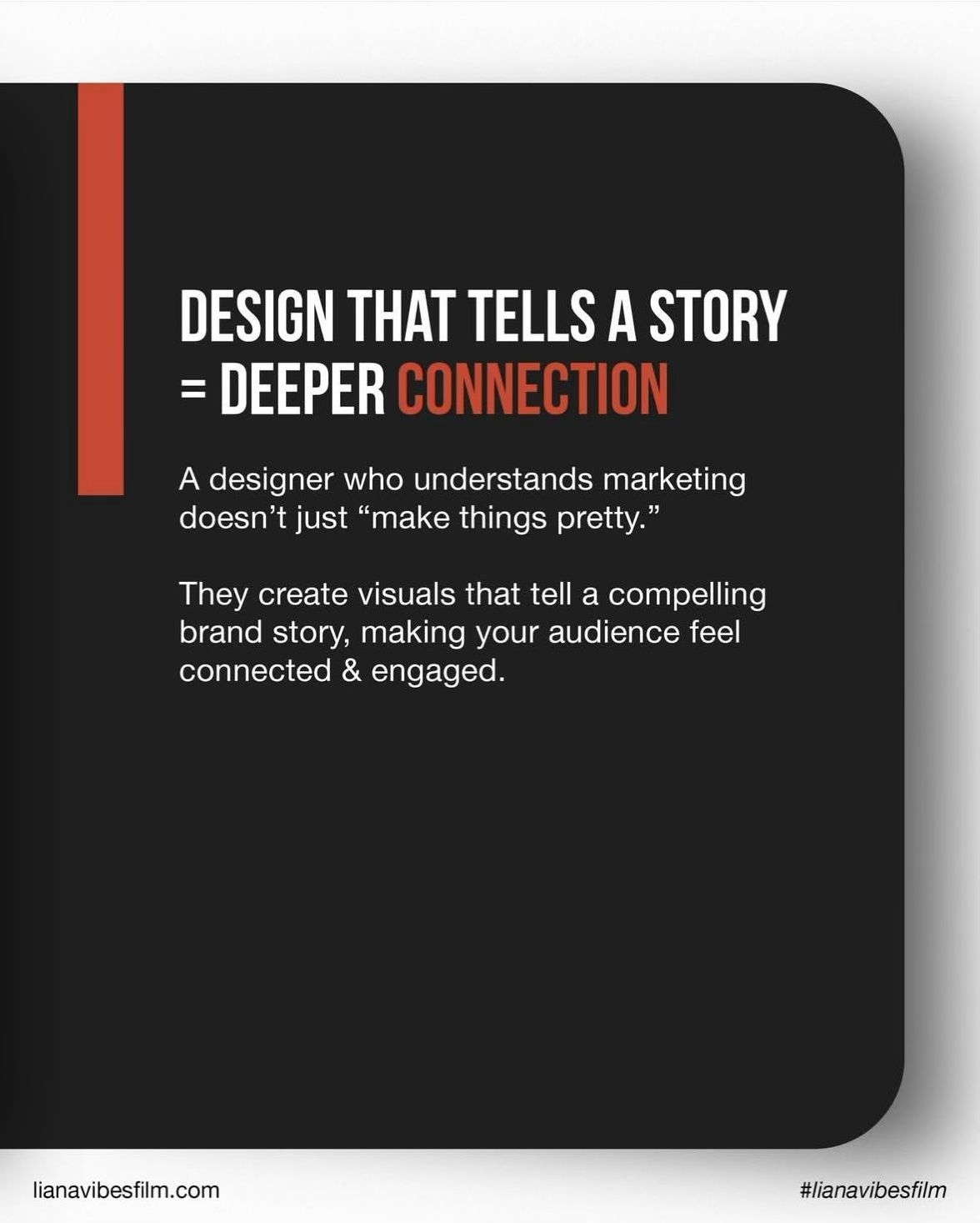
Color as a Storytelling Tool
In visual storytelling, color is the emotional undercurrent. A conscious color palette can suggest tone, identity, and intention. Color supports that message whether it’s nostalgia, ambition, healing, or rebellion.
Consider how Liana Vibes Film blends emotional design and story-driven strategy with intentional use of color in their work. Their palettes are not only aesthetic choices but emotional anchors for personal and brand transformation.
Featured IG Carousel #1
“Not All Design is Created Equal”
This vibrant carousel features neutral, earthy tones with hints of orange, creating a grounded yet elevated atmosphere. It demonstrates how a brand can evoke trust, elegance, and creativity—key traits for an autobiographical brand rooted in empowerment. The palette mirrors calm confidence, perfectly aligned with Liana Vibes Film’s ethos of conscious creation.
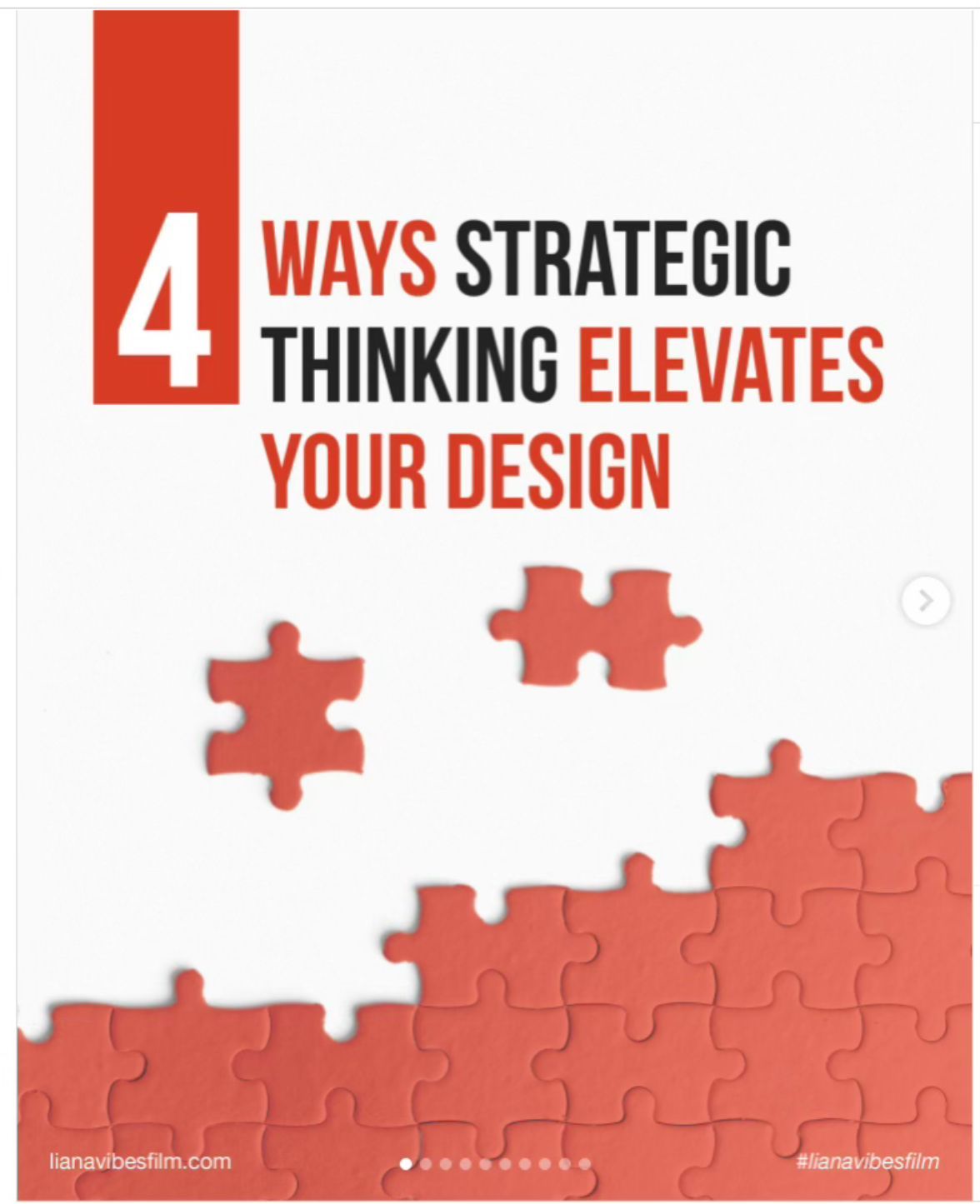
Designing Emotion with Intent: A Holistic Approach
Creating a strong emotional foundation through color theory for branding means moving past trends and tapping into core brand values.
Seth Godin often reminds us: “People do not buy goods and services. They buy relations, stories, and magic.” Color is part of that magic.
Featured IG Carousel #2
“Designed With Attitude.™”
This vibrant carousel post uses hot pinks, reds, and contrasting blacks to provoke boldness and creativity. It reflects a rebellious spirit, disrupting the norm with confidence. This is a textbook application of color theory for branding, using contrast and vibrancy to make a statement and call in a very specific type of audience: the bold, the ready, the expressive.
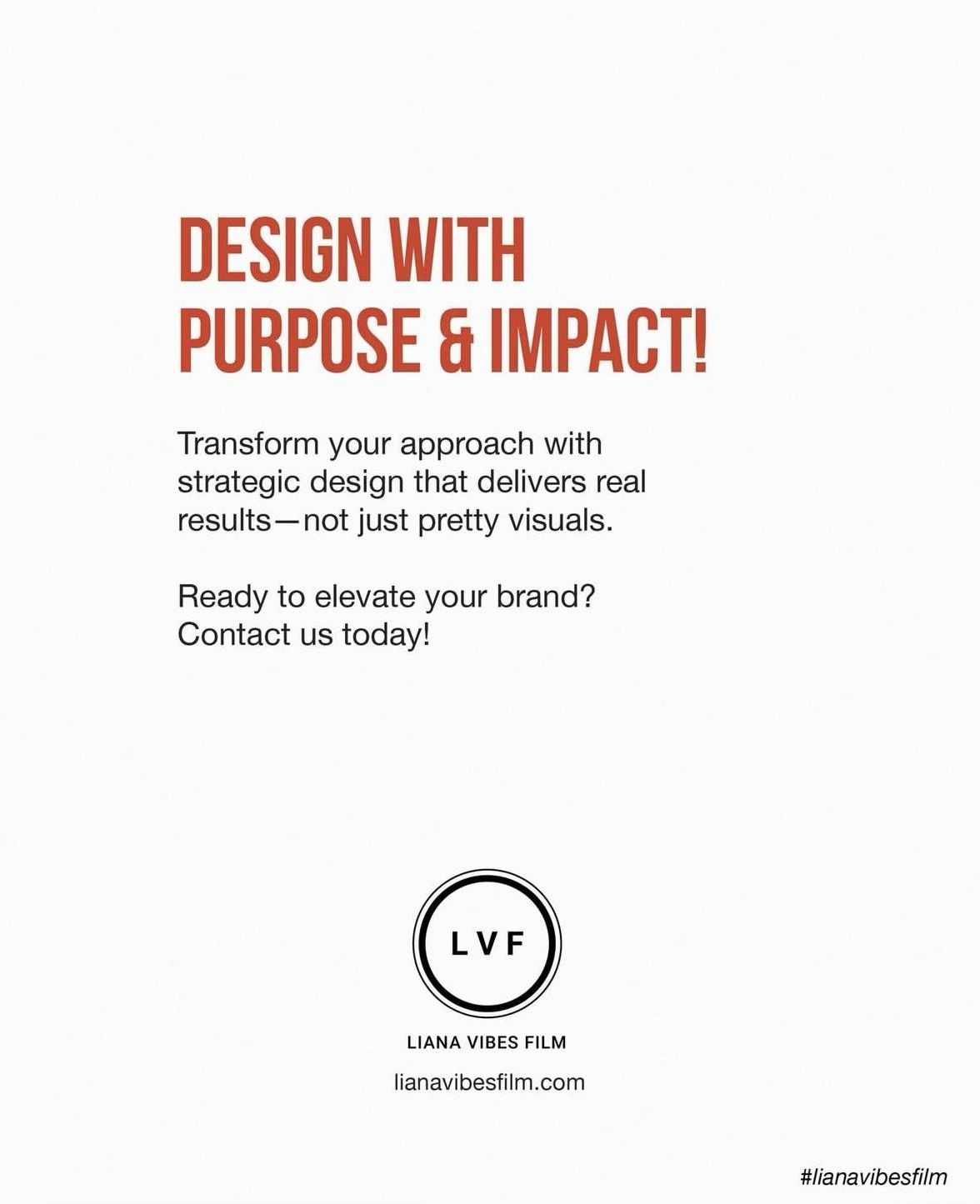
Color Across Cultures & Conscious Brands
A visionary brand considers how color translates across demographics and cultures. Red, for example, may symbolize luck in China, danger in Western contexts, and mourning in South Africa. Understanding your audience’s cultural lens ensures color choices communicate effectively.
For brands rooted in values like inclusivity, healing, or legacy, color theory for branding must be intersectional, global, and intentional.
Why Liana Vibes Film Prioritizes Color-Driven Storytelling
At Liana Vibes Film, every brand is a biography in motion. The strategic use of color helps guide each founder, healer, or creative through their visual legacy—one emotion, one story, one hue at a time. Their projects fuse Chris Do’s visual discipline, Neumeier’s brand DNA thinking, and Godin’s narrative-first marketing.
Their goal isn’t just to make your brand beautiful—it’s to make your story unforgettable.
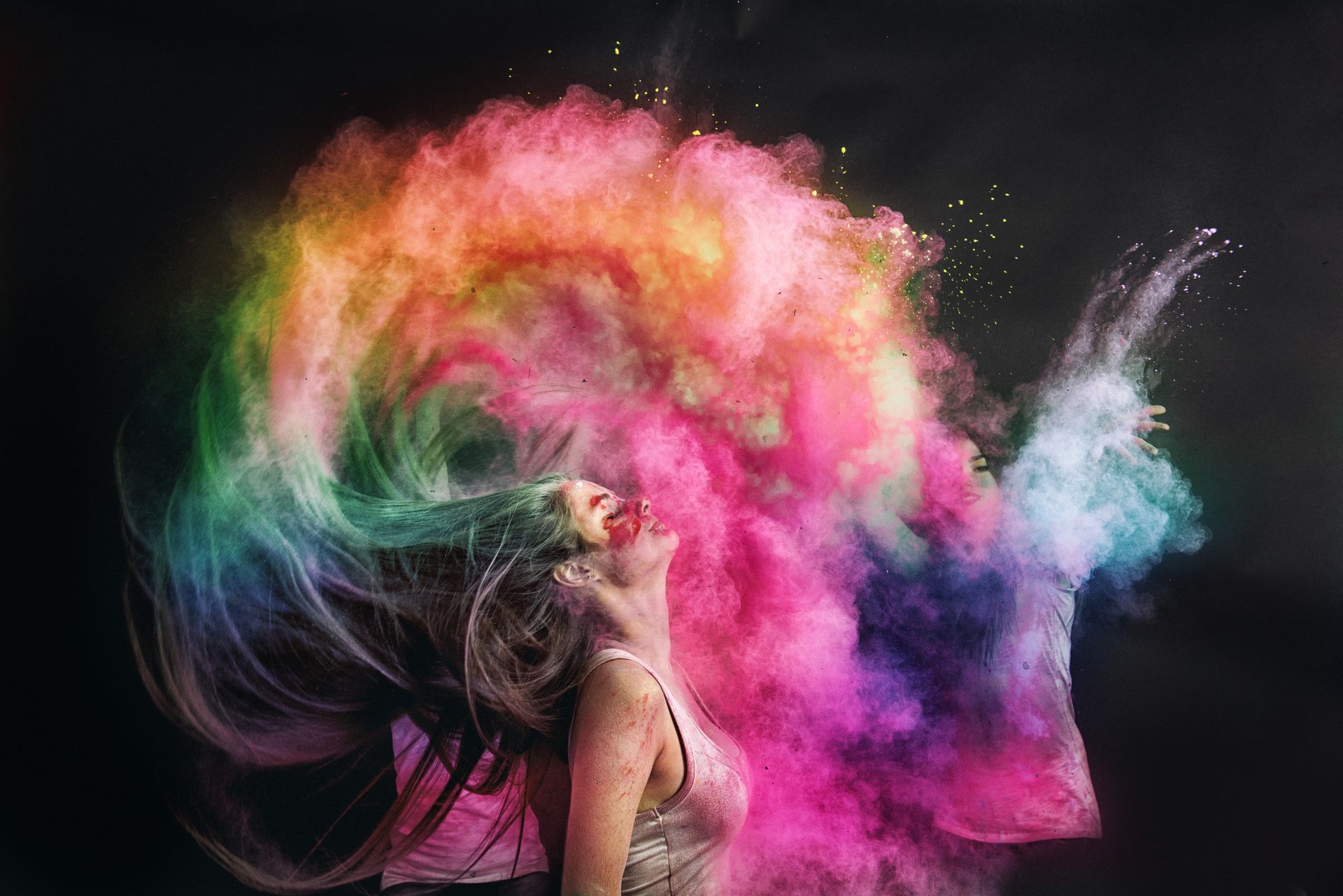
Color Across Cultures & Conscious Brands
A visionary brand considers how color translates across demographics and cultures. Red, for example, may symbolize luck in China, danger in Western contexts, and mourning in South Africa. Understanding your audience’s cultural lens ensures color choices communicate effectively.
For brands rooted in values like inclusivity, healing, or legacy, color theory for branding must be intersectional, global, and intentional.
Why Liana Vibes Film Prioritizes Color-Driven Storytelling
At Liana Vibes Film, every brand is a biography in motion. The strategic use of color helps guide each founder, healer, or creative through their visual legacy—one emotion, one story, one hue at a time. Their projects fuse Chris Do’s visual discipline, Neumeier’s brand DNA thinking, and Godin’s narrative-first marketing.
Their goal isn’t just to make your brand beautiful—it’s to make your story unforgettable.
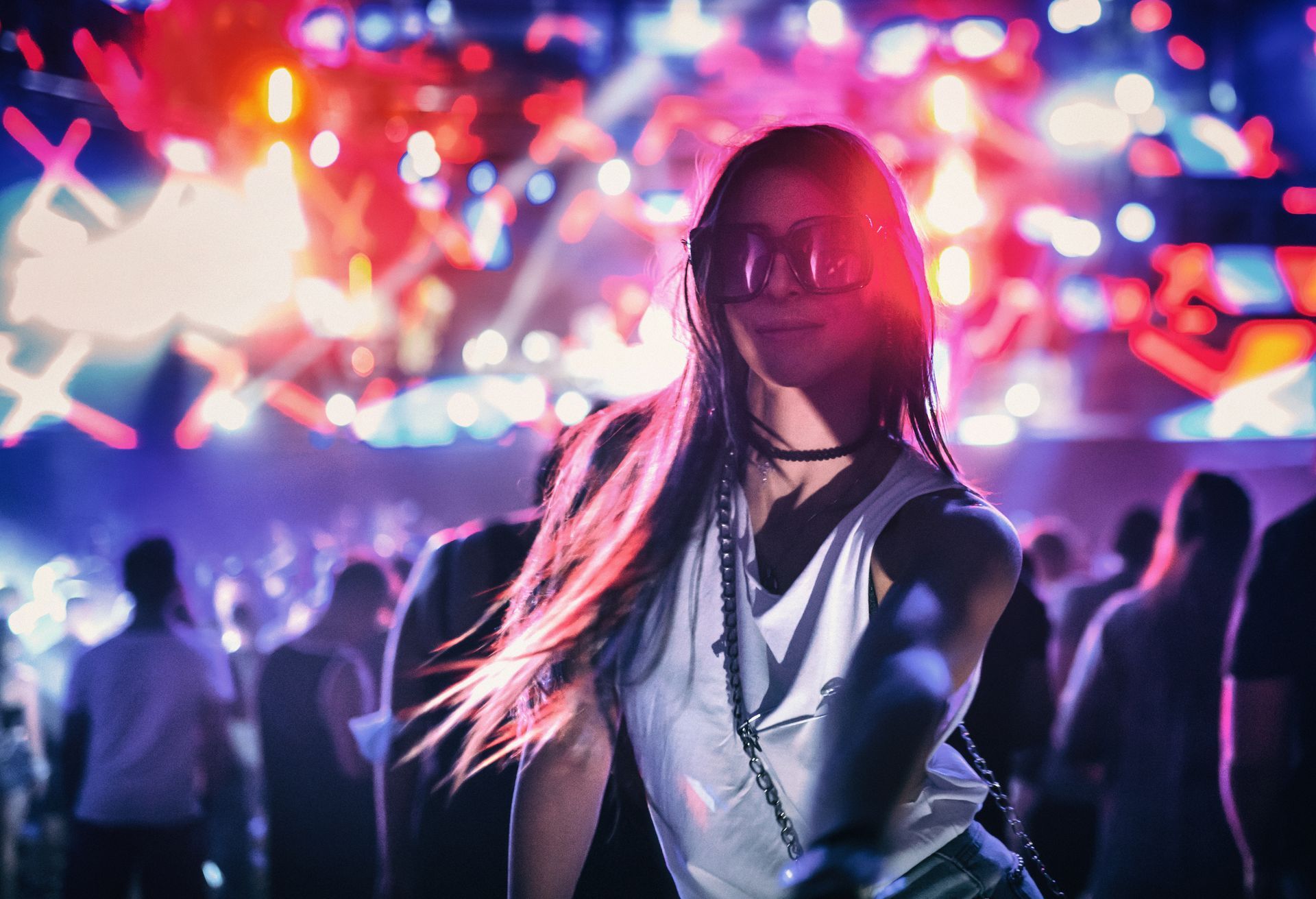
Feel the Hue, Build the Meaning
In an era where audiences crave authenticity and meaning, color theory for branding becomes more than a creative choice—it’s a strategic imperative. When done right, your colors don’t just decorate your brand. They become your brand.
By consciously aligning colors with emotions, narratives, and identity, you can build a brand that doesn’t just look good, but feels right.
Are you ready to design a brand that moves hearts, not just clicks?
Connect with Liana Vibes Film to co-create a color story that captures the soul of your brand.
FAQs
Why is color theory important in branding?
Color theory helps brands align visual choices with emotional messaging. It influences first impressions, perception, and trust.
How many colors should a brand use?
Stick with 3–5 core colors (primary, secondary, and accents). This ensures consistency without overwhelming the audience.
How do I choose the right colors for my brand?
Start by identifying the emotion or values you want your brand to convey. Use resources like Adobe Color or Coolors to explore palettes, then test them in real-world applications.
